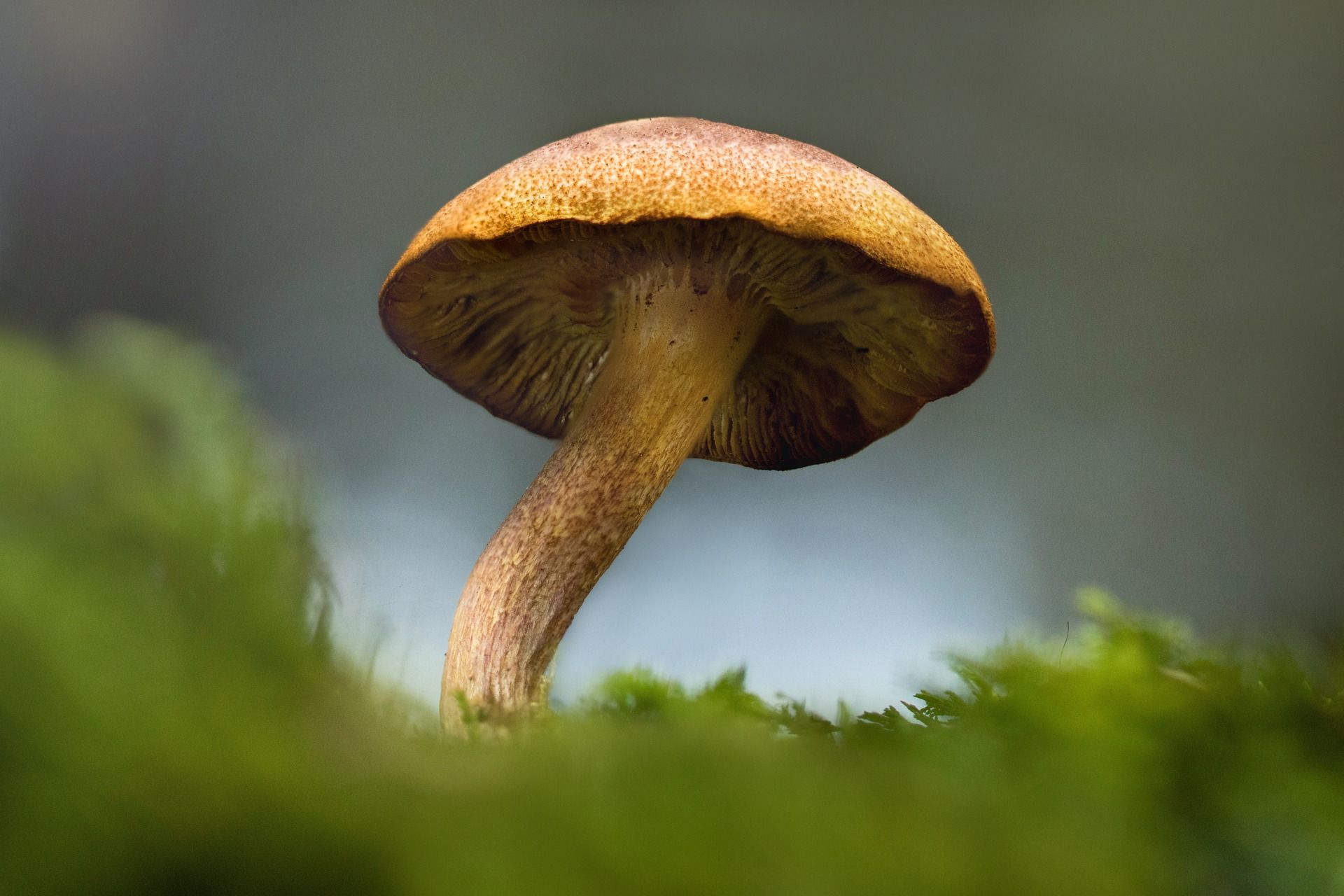Full screen
Share

hasard

hasard

hasard

hasard

hasard

hasard
3
1
2
4
6
7
33
10
8
12
14
15
16
17
19
20
21
9
23
24
25
27
28
29
30
31
32
42
35
36
37
38
39
41
48
43
44
45
46
61
60
51
52
59
58
56
50
47
54
53
55




Word Bank 37-61
Teacher Hasi
Word Bank 1-36
GOAL
Roll the dice and move your organism to that number. If you get the answer right you can stay there. If not stay where you were before. Player at the finish line wins.
RULES:
Review
Midterm
CEll review
jahaziel gutierrez
Created on April 21, 2023
Over 30 million people create interactive content in Genially
Check out what others have designed:
Transcript
Word Bank 37-61
Teacher Hasi
27
15
19
10
14
16
23
31
20
30
12
17
43
39
24
35
21
46
28
32
38
48
33
25
44
54
58
Word Bank 1-36
60
36
61
29
59
47
45
37
53
41
42
51
56
55
52
50
GOAL
Roll the dice and move your organism to that number. If you get the answer right you can stay there. If not stay where you were before. Player at the finish line wins.
RULES:
Review
Midterm
